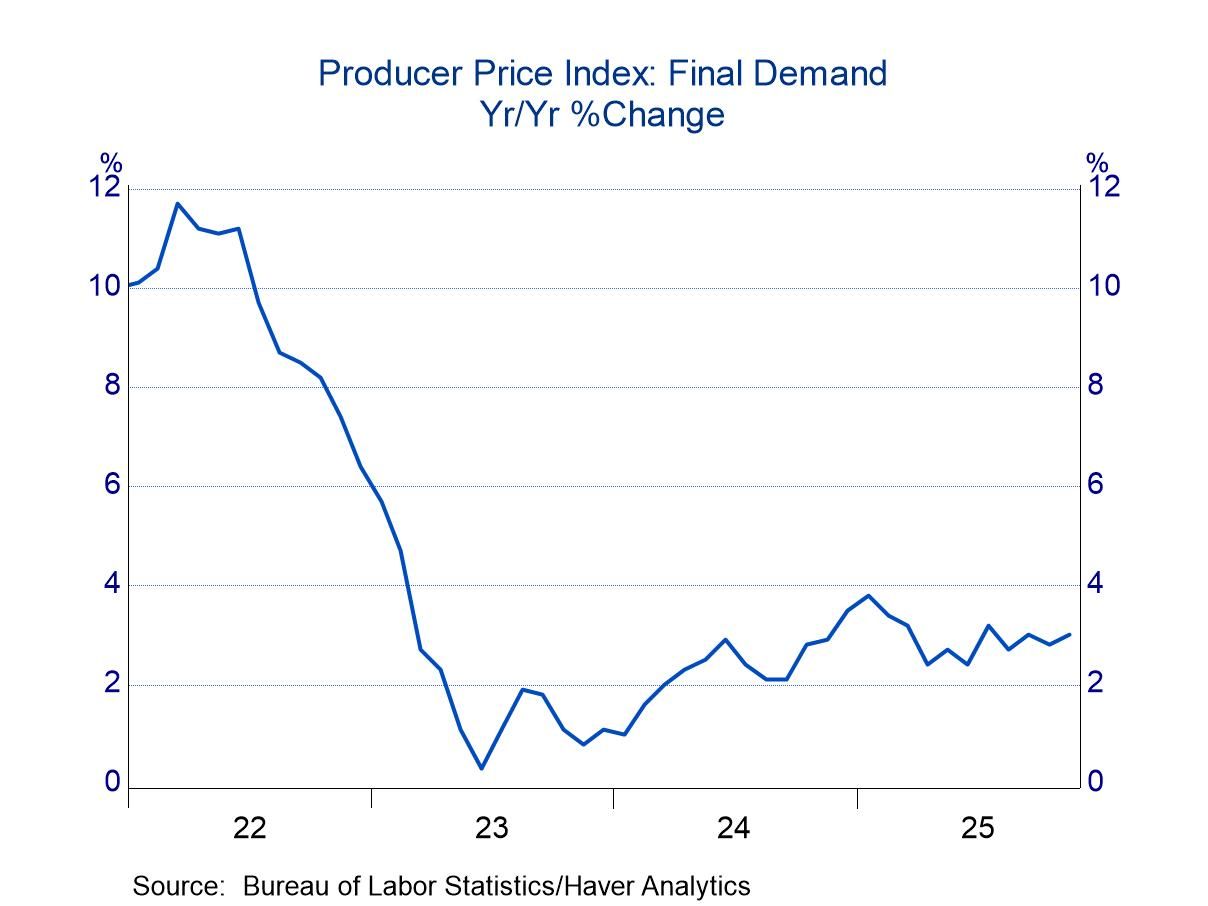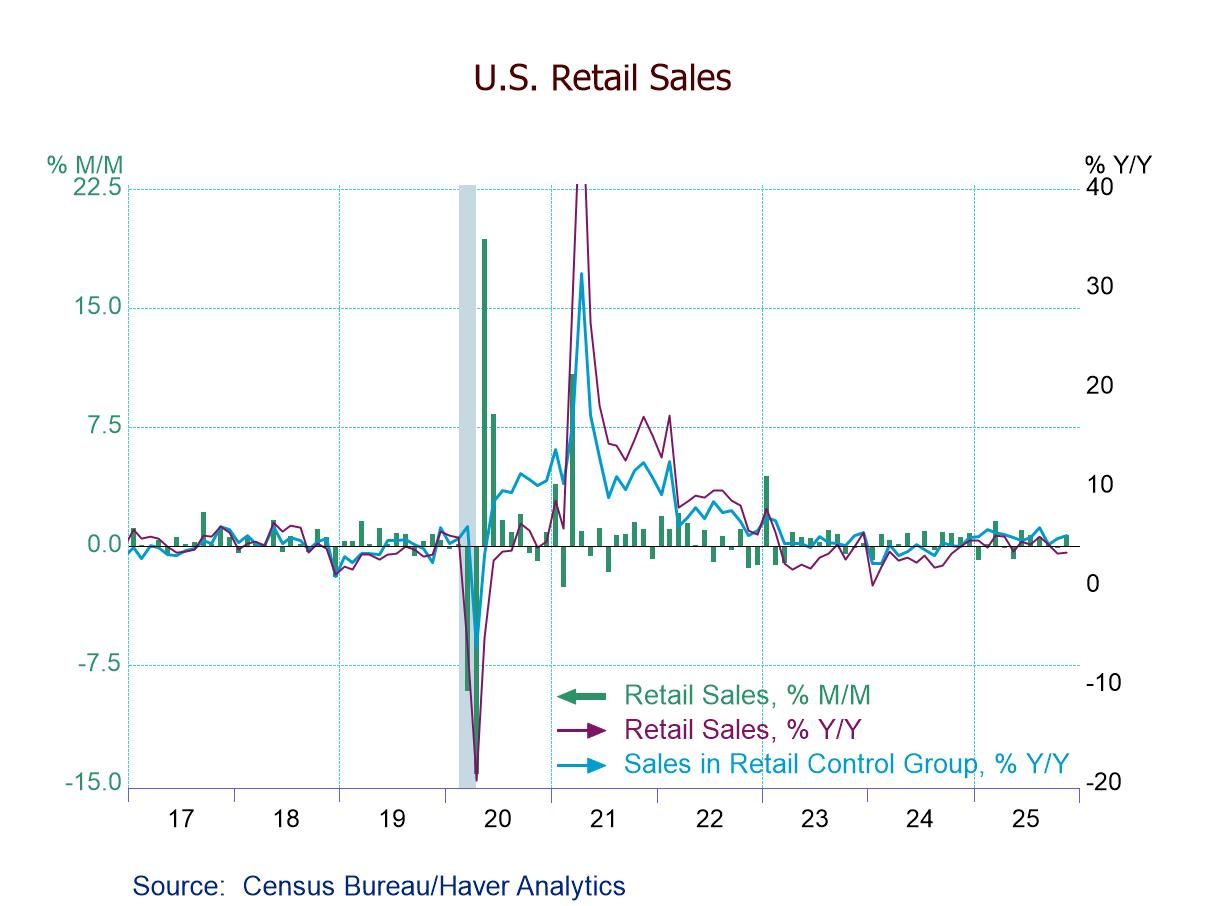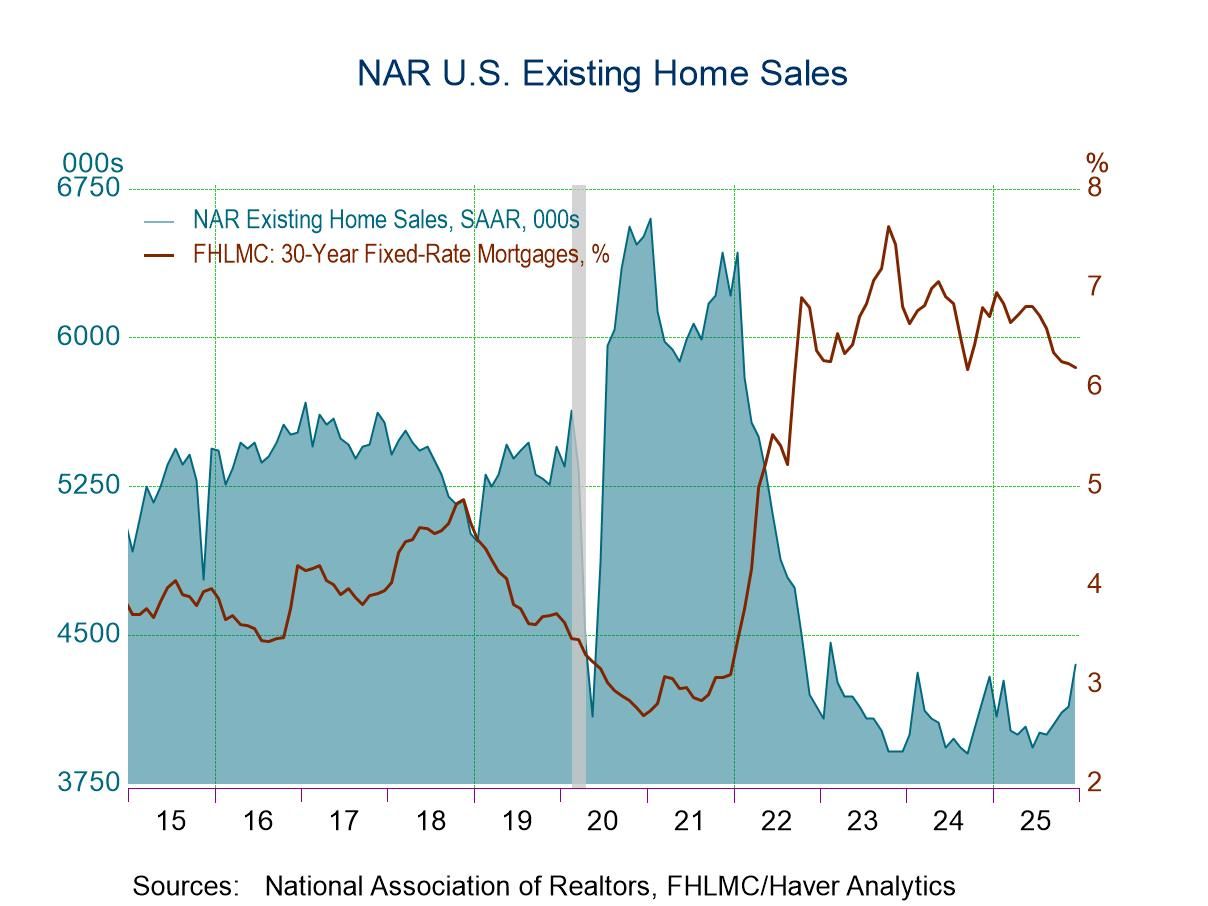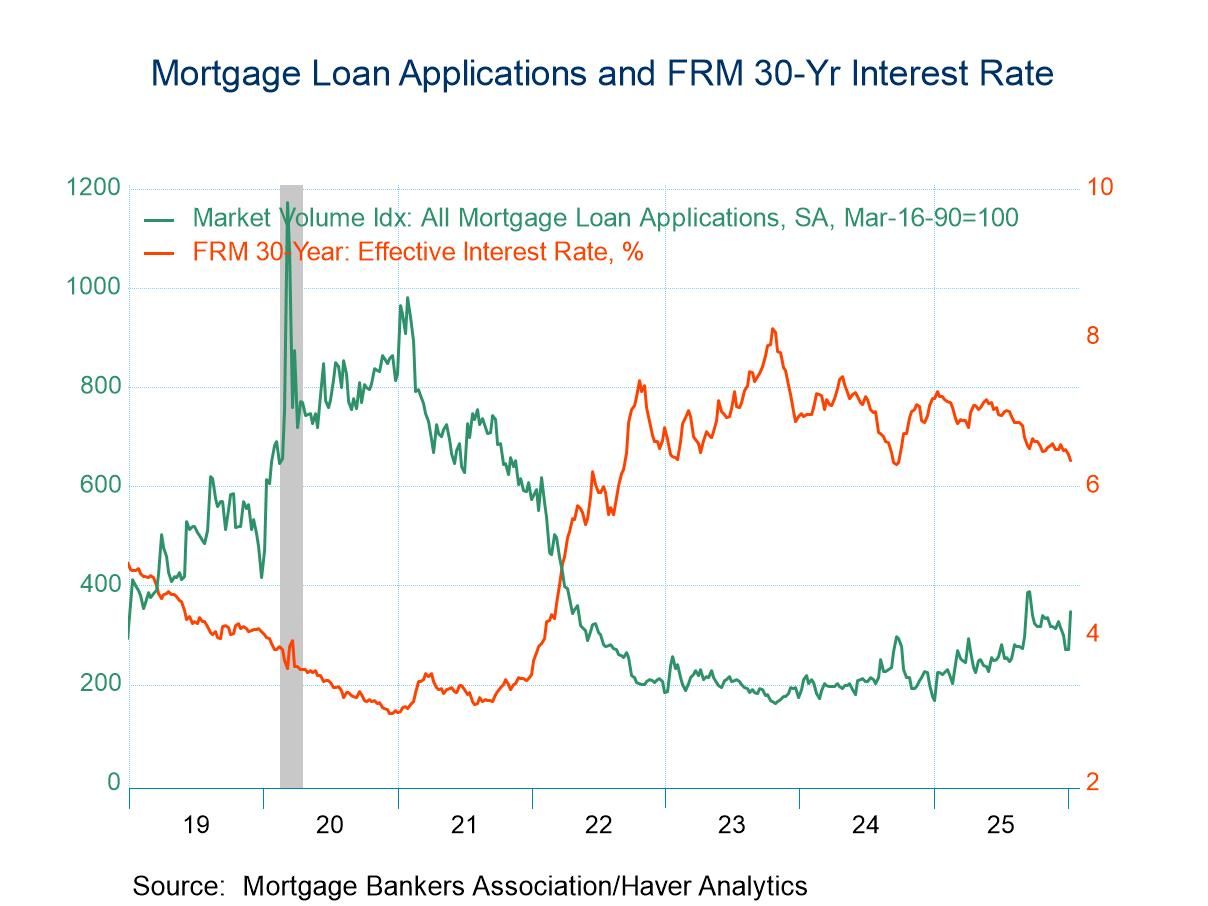 Asia| Sep 09 2024
Asia| Sep 09 2024Economic Letter From Asia: Chipping In
In this week's newsletter, we explore Asia’s manufacturing activity, with a particular emphasis on the semiconductor sector. While that sector continues to expand overall, some economies are experiencing a slowdown in growth (Chart 1). We also assess the growing role of electronics in Asian exports, highlighting Taiwan's significant increase in electronics export share and South Korea's ongoing recovery in this area (Chart 2). Focusing further on the electronics sector, we note an interim stall in global semiconductor sales growth, although it remains robust with double-digit increases (Chart 3). We then delve into specific Asian economies, starting with Taiwan. Here, we identify dual drivers of industrial production: consumer electronics and electronic parts, including semiconductors (Chart 4). Next, we examine Malaysia, which has developed a strong semiconductor ecosystem with expertise in back-end processes and is more recently making headway in front-end areas like chip design (Chart 5). Finally, we consider India’s emerging semiconductor sector, which, despite being in its early stages, is poised for growth thanks to recent initiatives aimed at bolstering domestic prowess (Chart 6).
Asia’s manufacturing complex The manufacturing sector across much of Asia continues to expand, although recent months have seen a deceleration in the rate of growth for some economies. As illustrated in Chart 1, Taiwan's manufacturing PMI peaked at 53.2 in June 2024 but subsequently moderated to 51.5 in August, reflecting a significant slowdown in growth for output and new orders. A similar trend is evident in Southeast Asia (ASEAN), where the PMI has recently edged closer to the neutral level of 50. Within ASEAN, Indonesia has been a notable drag, with its PMI slipping into contractionary territory in July, while Vietnam's PMI has remained above the regional average. In contrast, South Korea's manufacturing sector has shown robust momentum, with output growth reaching a 40-month high in August, thereby supporting the overall manufacturing PMI for the country.
Chart 1: Manufacturing PMIs in Asia

A closer look at Asia’s manufacturing sector reveals significant trends in electronics exports, as illustrated in Chart 2. Many Asian economies remain heavily dependent on electronics for export revenue, with some increasing their reliance over recent years. This highlights the crucial role of electronics in the overall economic growth of these countries. For example, Taiwan's share of electronics in its export revenue surged to over 35% in recent years, up from just above 28% in late 2021. In contrast, South Korea’s electronics export share peaked slightly above 36% in late 2018 but fell to below 28% in 2023 before partially recovering. Malaysia, on the other hand, saw its electronics export share exceed 41% in late 2023, though it has since moderated. Beyond these export shares, the specifics of each economy's electronics export mix vary significantly—a topic we will delve into in subsequent segments.
Chart 2: Asia’s share of electronics in exports

Next, we delve into the semiconductor industry, which has been making headlines this year due to its pivotal role in the global AI-driven surge. Although worldwide semiconductor sales remain robust, with double-digit growth rates, recent months have seen this growth level off, hovering just below 20%, as illustrated in Chart 3. Asia continues to lead in semiconductor sales, accounting for over 60% of the global market. However, growth in this region appears to have plateaued, while the Americas have rapidly increased their market share. Notably, the Americas surpassed China in semiconductor sales for the first time since China’s sales data was separately reported in 2015. Looking ahead, we can expect ongoing shifts in the semiconductor landscape. Factors contributing to these changes include the US's aggressive strategy to onshore chip production through the CHIPS Act, export controls impacting China's capabilities, and ASEAN countries' efforts to ascend the semiconductor value chain—a topic we will explore further below.
Chart 3: Semiconductor sales

Economy-specific developments The electronics sector remains a major driver of Taiwan's economy. This extends beyond semiconductors to include computers and other consumer electronics, which have experienced even faster industrial production growth, as illustrated in Chart 4. In addition to the direct revenue from electronics exports, Taiwan also gains from other benefits, including job creation and enhanced expertise. However, the current tech upcycle is attracting increased competition. Other Asian economies are positioning themselves to gain a larger share of the supply chain. In the semiconductor foundry sector, competition remains fierce among Taiwan Semiconductor Manufacturing Company (TSMC), South Korea’s Samsung Electronics, and the US-based Intel. The rivalry is particularly intense at the cutting edge, as these companies strive to advance their next-generation sub-2 nanometer chips into mass production in the coming years.
Chart 4: Taiwan industrial production growth

Next, we turn our attention to Malaysia, which has been making significant strides in the semiconductor industry. Like several other Asian economies, Malaysia has increasingly benefited from manufacturers seeking to diversify their supply chains to mitigate the risks of concentrating chip production in a single geographic location. Much of Malaysia's semiconductor growth is centred in the northern state of Penang. Although Penang is home to just under two million of Malaysia's total population of approximately 34 million, it hosts semiconductor assembly, testing, and packaging facilities for several major global companies. This burgeoning semiconductor ecosystem has also led Penang to record the highest investment inflows of any state in Malaysia in 2023, totalling 71.9 billion ringgit ($16.6 billion). These inflows are predominantly foreign direct investment (FDI), contributing significantly to Malaysia's overall FDI, as illustrated in Chart 5. Looking ahead, Malaysia aims to advance further up the semiconductor value chain by gaining a foothold in chip design. Recent developments have been promising: in early August, Malaysia officially launched its first semiconductor integrated circuit (IC) design hub in the state of Selangor, marking a key step towards achieving this goal.
Chart 5: Malaysia FDI inflows by sector

Lastly, we turn to India, a country that may not immediately come to mind as a major electronics hub, but which has been making significant strides to capture a larger share of the electronics pie in recent years. For instance, this year marks the first time iPhone Pro models will be produced in India, perhaps signalling that Prime Minister Modi’s incentives to attract high-end manufacturing are starting to bear fruit. Nonetheless, electronic products remain just a small proportion of India’s overall export mix. When it comes to semiconductors, it may still be early for India to achieve critical mass in the sector, although efforts are already underway. For example, just recently, India and Singapore signed agreements to enhance cooperation in semiconductors and digital technologies. The agreement could prove highly beneficial for India, as Singapore is a major player in the global chipmaking and semiconductor machinery markets, possessing substantial expertise in this field.
Chart 6: India’s exports

Tian Yong Woon
AuthorMore in Author Profile »Tian Yong joined Haver Analytics as an Economist in 2023. Previously, Tian Yong worked as an Economist with Deutsche Bank, covering Emerging Asian economies while also writing on thematic issues within the broader Asia region. Prior to his work with Deutsche Bank, he worked as an Economic Analyst with the International Monetary Fund, where he contributed to Article IV consultations with Singapore and Malaysia, and to the regular surveillance of financial stability issues in the Asia Pacific region.
Tian Yong holds a Master of Science in Quantitative Finance from the Singapore Management University, and a Bachelor of Science in Banking and Finance from the University of London.






